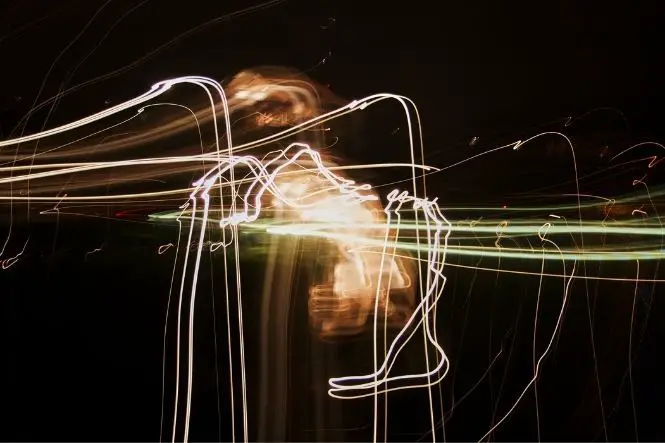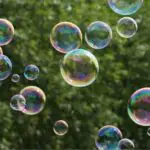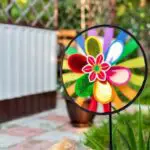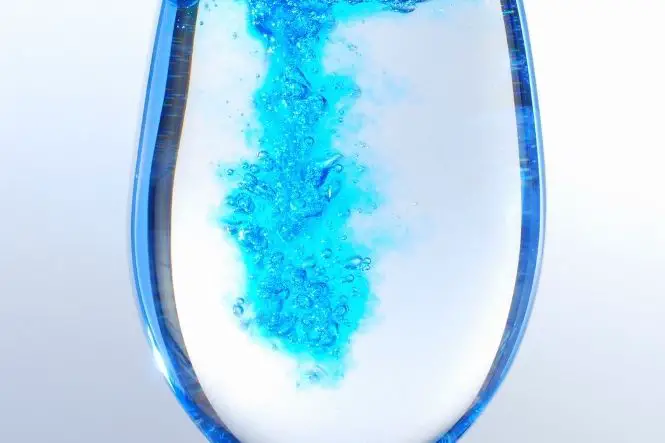As light passes through transparent objects, it bends. This can create optical illusions like disappearing bowls, bending pencils and mirages. This is called refraction, and is useful in magnifying glasses and spectacles.
Table of Contents
Disappearing Glass
Fill a glass bowl with cooking oil (it can still be used afterwards) and gently lower a small Pyrex jug, dish or plate into it. As the Pyrex goes under the oil, it should seem to disappear. Clean the Pyrex and try the same experiment in a bowl filled with water? Does it work with an ordinary glass? Try with a magnifying glass – does it still magnify while it’s under the oil?
Corn syrup or glucose syrup should also have the same effect, but is much stickier!
Bending Pencil
Two-thirds fill a glass with water and put a pencil in it. Look at the pencil from all sides – it should look as if it bends.
Light refraction in water makes ponds and swimming pools look shallower than they actually are. Put something small in the bottom of a glass of water or the bottom of a bucket and look at it from the top. It will look closer than it is.
What’s Happening?
Light travels at different speeds in different transparent materials. This causes the light to bend, or refract.
The refractive index describes the amount that a material makes the light bend. Different materials have different refractive indexes – for example, air has a refractive index of 1, water of 1.3 and glass of 1.5. When light travels from air to glass, it slows down, because glass has a higher refractive index than air.
The bigger the difference in the refractive index, the more light is reflected. Glass is normally visible in air, even though it is transparent, because there is a difference in refractive index between air and glass, and so it reflects light.
Cooking oil has a similar refractive index to Pyrex, so the light does not bend very much. Because there is not much of a difference between the two refractive indexes, only a little light is reflected, so the glass can’t be seen very easily.
Lenses
Lenses use refraction. A lens that is thicker in the middle than at the edges (a convex lens) bends light to make things look bigger, and is used in a magnifying glass.
When people are short-sighted or long-sighted, the lenses in their eyes do not focus the light on the retina (the back of the eye) properly. Lenses in glasses and contact lenses bend the light so that it focuses on the retina.
Mirages
The refractive index of air changes when it is hot or cold, and light travels more quickly through warm air than cold. On a hot day, the air near the ground is warmer, and light is bent through a curve, showing an image of the sky or making a distant object seem closer. This can look like water or oil on the road.
Stories of UFOs, and the legends of ghost boats like The Flying Dutchman, may be examples of mirages.







